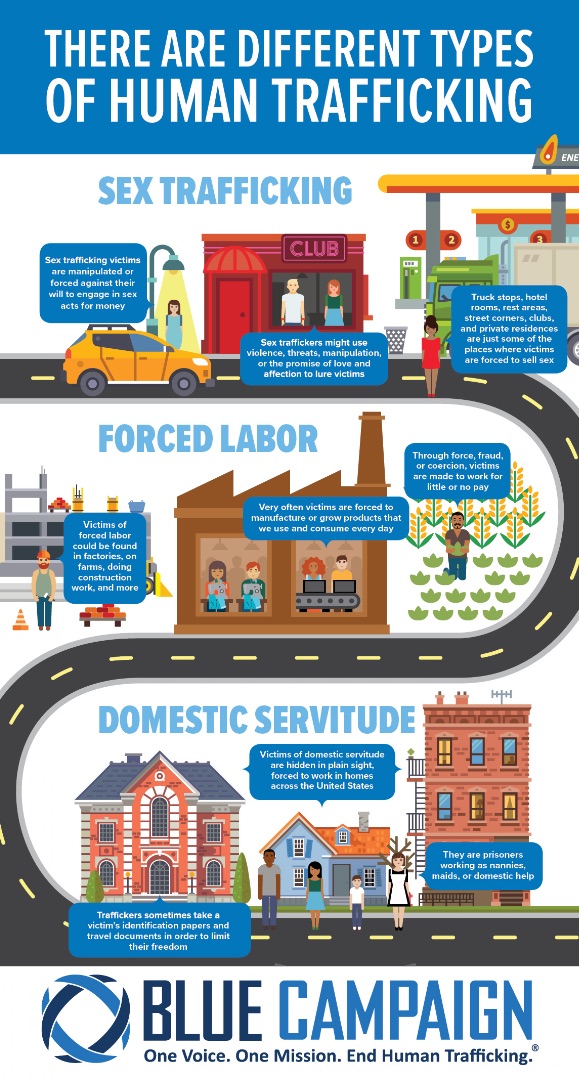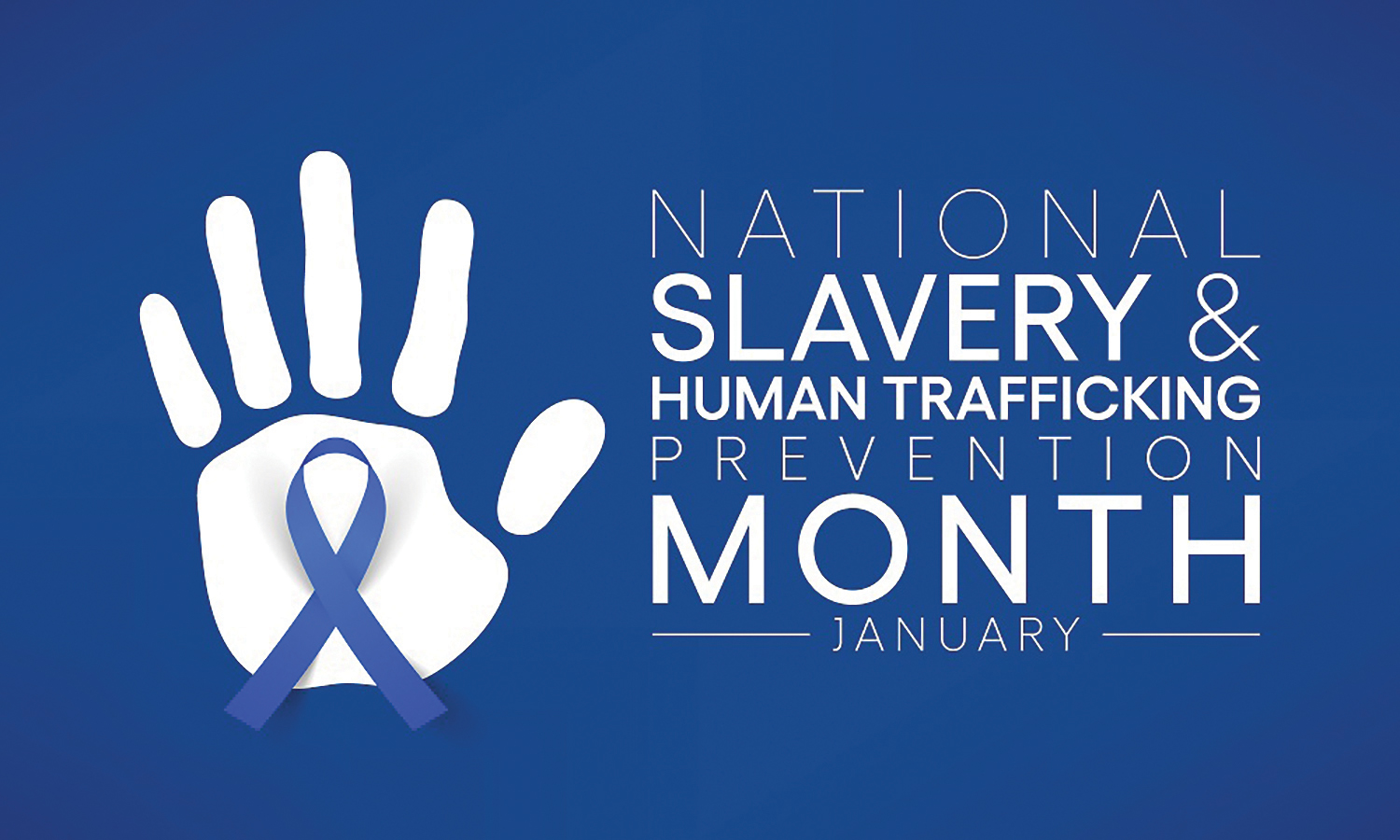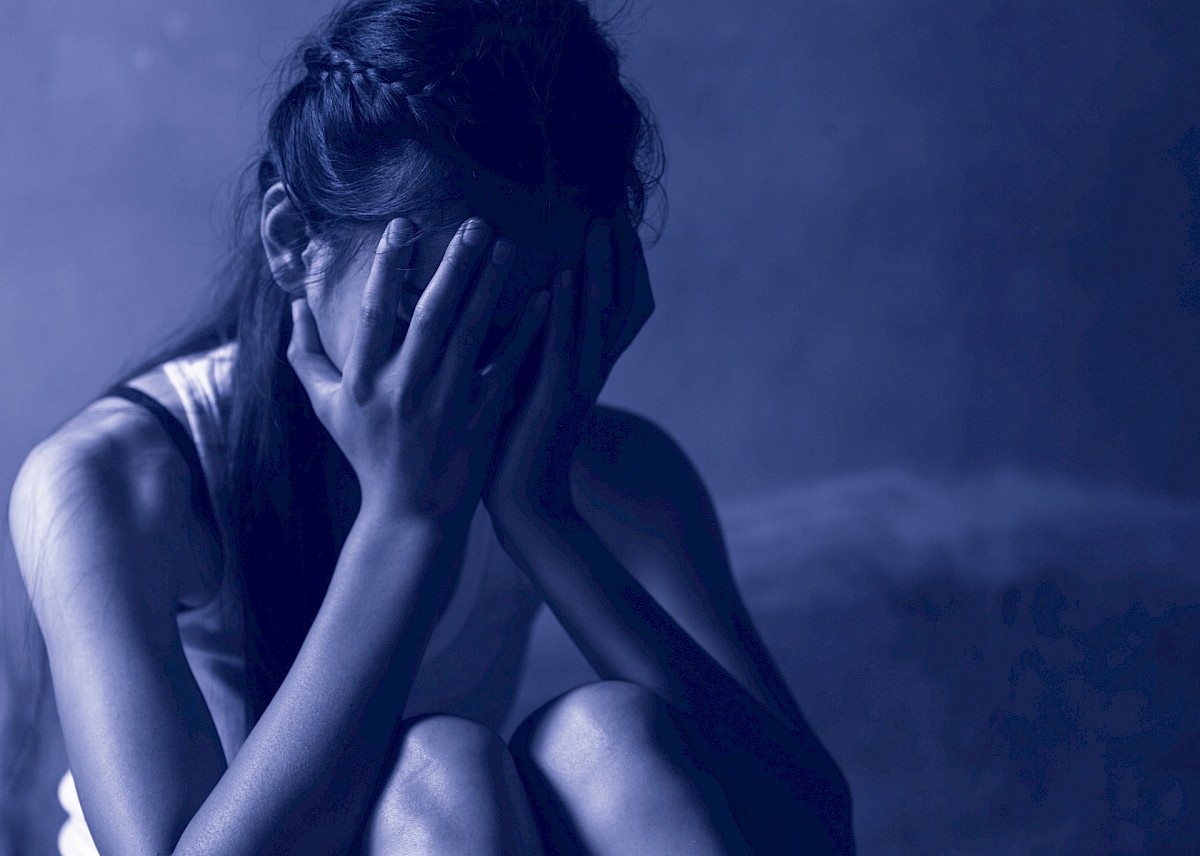Not For Sale
In the darkest corners of Texarkana, a woman, a girl, a child lies broken as a stack of green changes hands. Every day another life is ruined while people, a street, a block, a room away, continue on with their lives, none the wiser.
Many believe human trafficking only exists in foreign countries, or they mistakenly believe that it must involve physically transporting victims from one place to another. They can’t imagine something like this would ever live in their community. However, the sad truth is human trafficking exists everywhere in various forms, and unfortunately for the twin cities, Texarkana is a thriving hub for these heinous activities.
“There are two main types of human trafficking: sex trafficking and labor trafficking (forced labor),” said Kelley Crisp, Bowie County First Assistant Criminal District Attorney. “Both types of human trafficking involve the exploitation of victims for forced labor or sex by a third party for profit or gain. Often when people hear about human trafficking, they think about the trafficking of children, which is certainly a crime, but it’s also a crime to traffic adults. It is important to note that the trafficking laws that apply to adult victims are different than the laws that apply to cases involving child victims.”
While both forms of trafficking are terrible and have been equated to “modern-day slavery,” Texarkana’s biggest scourge is sex trafficking. As far as Crisp is aware, “there has never been a jury trial in Bowie County for an individual charged with labor trafficking.”
In contrast, various Texarkana based news services have reported on seven different individuals involved in sex trafficking cases in the past six months alone.

“There is no single face of traffickers; they can be any gender, age or race,” Crisp said. “To victims, they can be a romantic partner, employer, family member, friend, or connected by mutual friends. Many times, human traffickers are also heavily involved in drug trafficking. Drugs often play a role in the recruitment, grooming, and retention of victims of sex trafficking.”
As a result, many victims develop crippling addictions to these drugs, which only helps their abusers to further control them and perpetuate a never-ending cycle.
“The traffickers also force these victims to transport drugs or engage in other criminal activity, resulting in the victims facing criminal charges of their own,” Crisp said. “The victims become addicted to drugs, have no stable place to live, often lose custody of their children and become almost completely reliant on the trafficker for food, clothing, and shelter.”
Those who escape, likely due to their abuser being caught, end up on the streets, or, if they are fortunate, at Grace House, an organization that helps survivors get back on their feet. Women and girls may end up at Grace House through a court order, Child Protective Services, or through the outreach ministry of Karen Rayfield. Rayfield’s ministry has impacted an estimated 50 to 60 girls.
“We go through a 12-month program with them here,” Rayfield said. “They have counseling, and this is a Christian organization, so they also have Bible study. We help them get back into the workforce, and they’ll have a job, a house, and hopefully a car by the time they leave us. Once they walk through the door, they are forever our family.”
Not only does Grace House help survivors find some new version of normalcy, but it also hopefully prevents the cycle from repeating once these women are finally on their own.
“The vast majority of trafficking survivors faced trauma, abuse, poverty, mental health challenges, and other related struggles in childhood,” Crisp said. “We learned that 83% of trafficking survivors experienced poverty, 69% ran away from home, 96% experienced physical, sexual, or emotional abuse, 93% lived with someone who experienced substance abuse and mental health challenges, and 96% experienced family or household instability.”
Because of these statistics, many people believe they are safe from human trafficking, but they fail to recognize what the other sides of those numbers mean. Seventeen percent of survivors did not experience poverty, 31% did not run away from home, four percent were not abused, seven percent were not raised around substance abuse or mental health challenges, and four percent grew up in stable households. While four percent may seem like a small number, with almost 79,000 minors sex trafficked in Texas alone, that four percent adds up to over 3,000 children, and that number doesn’t include the adults that are trafficked. In short, everyone is at risk.
“A lot of people think it won’t happen to me,” Rayfield said, “especially young girls in high school because a lot of them are really gullible at that time. So, it’s really subtle. It’s not like sex trafficking is just right up in your face. A lot of it is someone at home, someone close to you.”
While human trafficking has existed for generations, the advent of the internet elevated it to new heights. “In the United States, approximately 40% of sex trafficking victims are recruited online,” according to UN News. The increased usage of the internet during COVID-19 because of containment measures only furthered these numbers.
“Online predators, including human traffickers, look for victims to lure through social media, dating sites, or gaming sites which enables predators to stalk, message, and groom their victims,” Crisp said. “Traffickers focus on those who are vulnerable because of their age, who have financial circumstances, have limited supervision, or have low self-esteem. These criminals might spend weeks or months creating a relationship of trust before they start exploiting the victims.”
Children are especially vulnerable to these types of predators because of their naivety. Many seek acceptance, attention, and friendship from those online if they are lacking it at home or school.
“It is important to teach them what safe and healthy relationships are,” Crisp said, “including building open communication so that the child is more likely to come to a parent first if there is a problem.” Unfortunately, however, many do not have anyone to turn to. They are raised without a strong parental figure to teach and guide them.
“Our sex trafficking victims are mostly girls who have grown up, aged out of the foster care system, and now they have nowhere to go,” Rayfield said. “Let’s say they end up at the Randy Sams [Shelter]. She’s very gullible. She’s just come out of the system and doesn’t have any family. And mainly, no one is looking for her. I would say most of it is because no one is looking for her. So, she ends up in sex trafficking because she doesn’t have anywhere to go.” Often, this results in the victim becoming dependent on their abuser. They literally don’t know how to live or make a living without them.
“Even though the evidence is extraordinarily brutal and violent, the victims of trafficking often do not self-identify and even sometimes express loyalty to the trafficker,” Crisp said. “Many of these survivors had adverse childhood experiences which distorted their views of self-worth, love, and security. Without intensive treatment, and assistance of government programs for trafficking survivors, the outcome for many of these victims is grim. Because traffickers are experts at using the needs of their victims to their advantage, it appears preventative measures should be aimed directly at children who are lacking in healthy, loving relationships.”
The sad truth is, it’s not uncommon for children to be born into sex trafficking or sold by their own mothers. When someone is raised in that type of environment, they’re likely to not even realize they are a victim. To them, it’s just life.

“It’s just a generational cycle. We tell her, ‘That’s wrong. You should not do that,’ but that’s what she was brought up in. That’s her life,” Rayfield said. “That is all she knows. She comes from that world herself.”
For those that realize they are being trafficked, fear often prevents them from seeking help, making human trafficking a hidden crime. To them, the chance of escaping does not justify the retribution that will be inflicted if caught by their abusers.
“These victims are often heavily drugged (sometimes without their knowledge); they are frequently beaten, strangled, and raped,” Crisp said. “I had one case where a trafficker believed a victim took some money from him, so he attempted to murder her by setting her on fire. He then used that violent episode as a threat to his other victims—sending a clear message that they would be next unless they did as he ordered. Often these traffickers steal the victims’ clothing, including their shoes, so the victims can’t leave.”
Many people don’t recognize the signs of human trafficking, but there are times when it’s obvious that something is going on. If someone shows signs of abuse, starts acting out suddenly, seems overly fearful or paranoid, is wearing clothes inappropriate for the place or weather, etc., say something. It just takes one person stepping in to save a life. It is better to risk being wrong than to risk doing nothing.
“She can’t get out of this by herself. She needs that support,” Rayfield said. “If we do not get in their lives, if she doesn’t get that support, her kids could be the next statistic.”
Click here for more information on the Blue Campaign from the US Department of Homeland Security.


